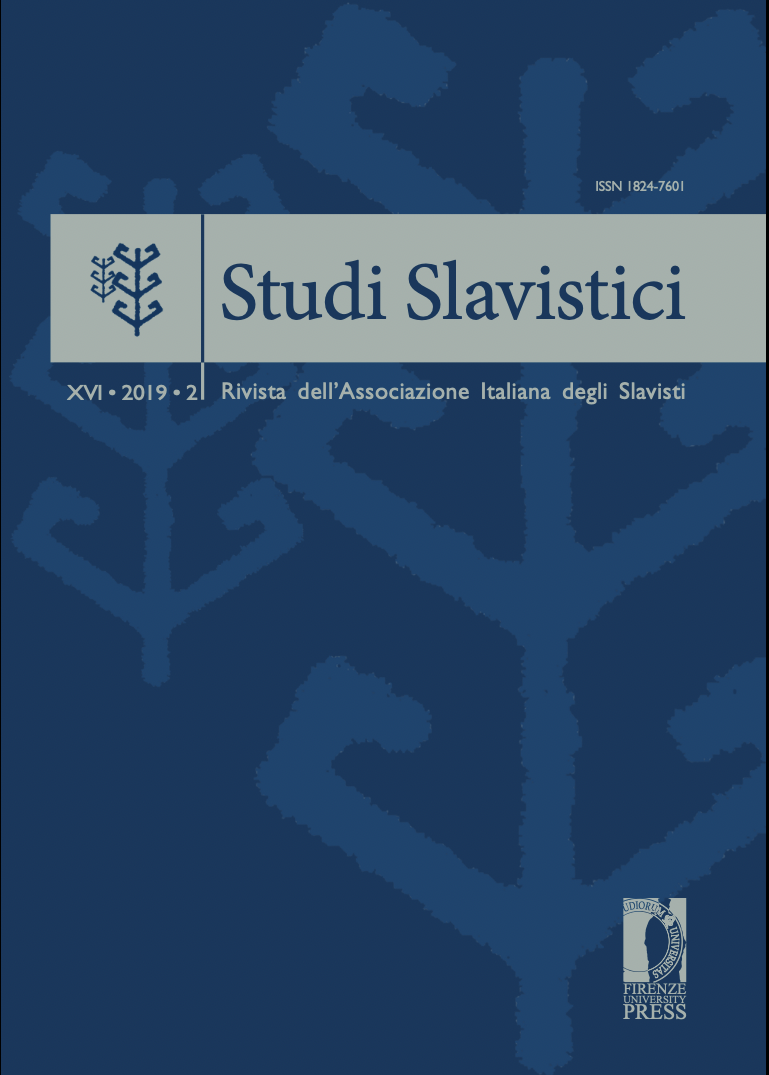“Задыхание истории” в русской поэзии 1910-начала 20-х гг. К вопросу о семантике филологической метафоры Р. Якобсона
Published 2019-04-13
Keywords
- Roman Jakobson,
- Aleksandr Blok,
- Velimir Chlebnikov,
- Vladimir Majakovskij,
- Olfactory Metaphor
- Reversed Trope,
- Metamorphosis ...More
Abstract
The article observes the literary, biographical and scientific context of the pneumatological metaphor that Roman Jakobson applied to rationalize the tragic fate of Russian poets after the October Revolution. The author traces Romantic and mythological sources in the motif of‘a poet’s suffocation’ and discovers how a symbolic image transforms into a social fact. The article also outlines the reasons why Jakobson united five ‘mutually antagonistic’ poets into a synchronic poetic circle, at the center of which was the art of Vladimir Majakovskij. Besides the obvious motif of predicted death under the conditions of the establishment of the Soviet revolutionary byt (lifestyle), the poets are united by the culture of their language. Majakovskij’s language correlates with the paradigm of how A. Blok, N. Gumilëv, S. Esenin and V. Chlebnikov arranged their lives. In their own way, each of these poets fills the hypothetical ‘air of the epoch’ with particular olfactory markers and creates their variant of the artistic pneumatology. Every persona in the article on Majakovskij’s death is characterized by sways between the comic and tragic modes of the poetic device. According to Jakobson, the union of the generation of poets was preconditioned by the sense and sound of the poetic speech. His article about Majakovskij helps to trace one of the most stable plots in Jakobson’s output. Throughout his life, starting from the early works about the modern poetry (1921) until the last works on language that establish a direct connection between the lifespan of a poetic device and the structure of the national language, Jakobson addresses questions concerning the meaning of ‘the place of development’ in poetics.


